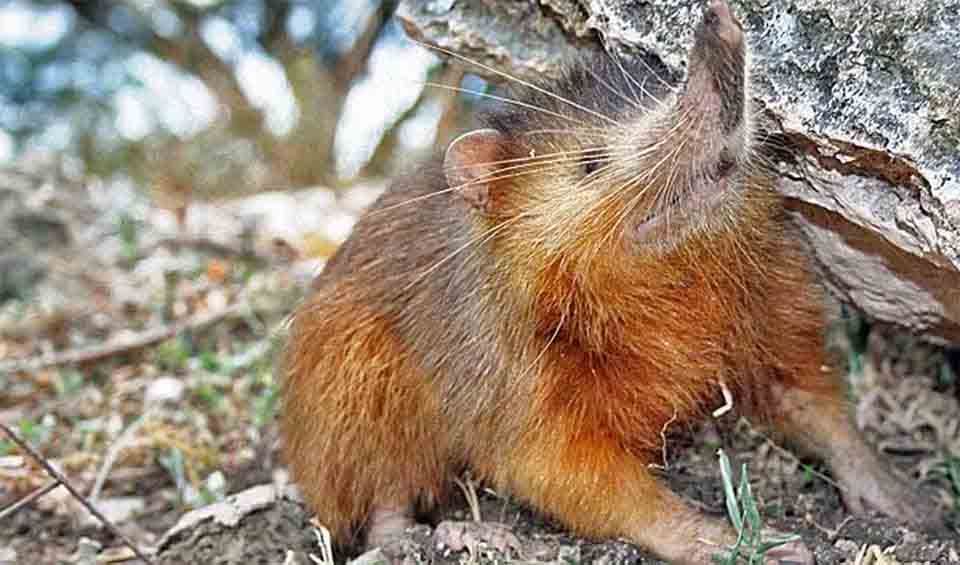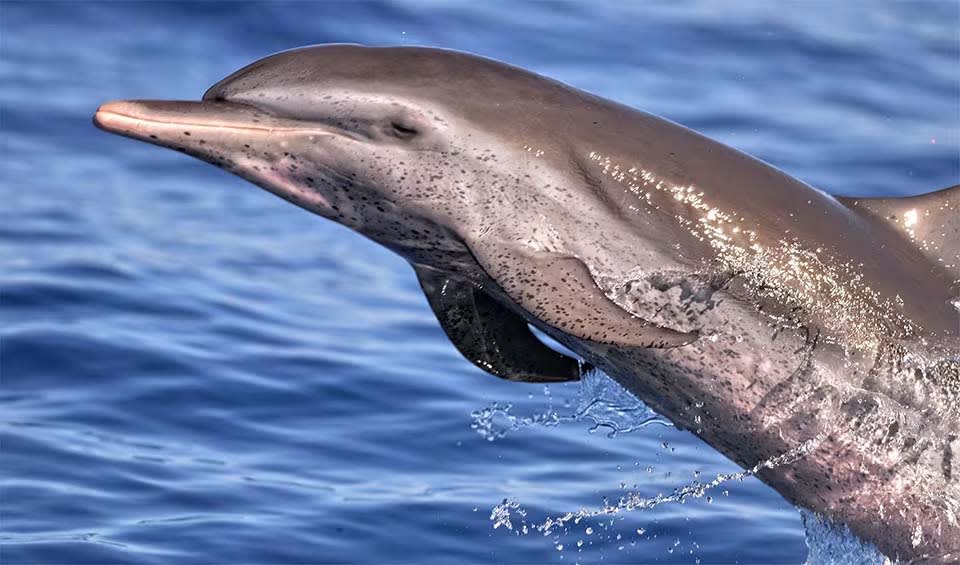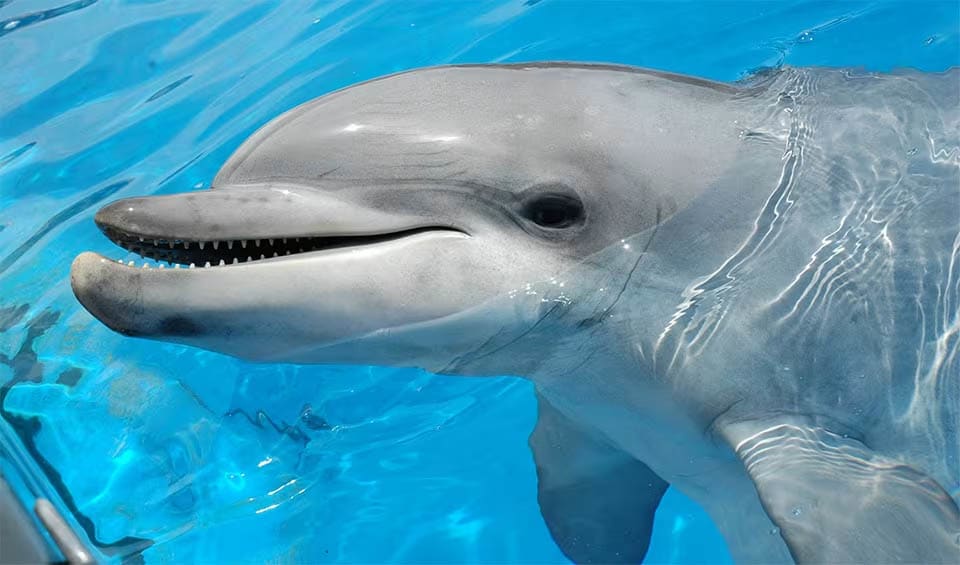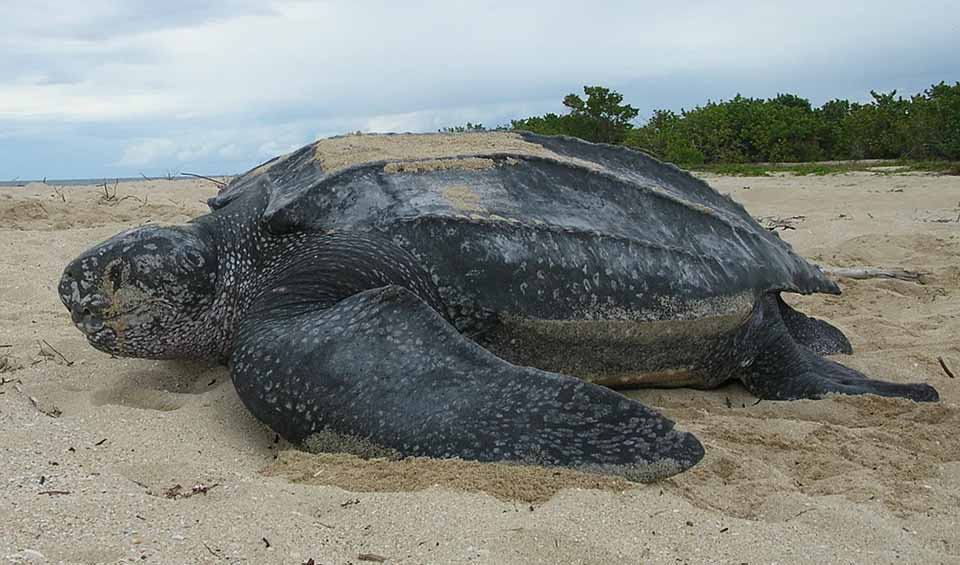Despite its modest size and significant environmental challenges, Haiti boasts a remarkable richness in ecosystems and species diversity, making it the second largest center of biodiversity in the Caribbean after Cuba. The country’s varied topography and geomorphological characteristics result in distinct climatic zones.
Along its coastline, diverse habitats such as deltas, estuaries, coastal plains, and lagoons are found. This variety supports a broad range of ecosystems, including humid, dry, and mountain forests; inland wetlands like lakes, ponds, rivers, and marshes; semi-arid areas; and coastal and marine environments such as mangroves, estuaries, coral reefs, and seagrass beds, as well as satellite islands.
Four pillars elaborated:
Haiti currently encompasses 27 protected areas, which safeguard 8.61% of its land and inland waters, along with 1.47% of its marine and coastal regions, crucial for preserving the country’s biodiversity and natural legacy. In 2013, Haiti established a network of nine marine protected areas in the South Department, safeguarding vital marine ecosystems and species like coral reefs, mangroves, and sea turtles. Recently, in 2021, Haiti expanded its protected areas with seven new additions, including the Miragoâne Pond Natural National Park and the Port Salut/Aquin Protected Area, reinforcing its dedication to conservation and sustainable progress. Land Management
Land Management
Haiti’s abundant biodiversity faces a myriad of anthropogenic threats due to the challenging socio-economic conditions of local communities. Direct pressures include overexploitation of natural resources, extensive deforestation, habitat loss and fragmentation, invasive species, urban sprawl, pollution, and weak environmental governance exacerbated by political instability. Deforestation, driven by agricultural expansion and charcoal production, has decimated forest cover to just 13%, with primary forests representing a mere 0.36% of the country. Threats to Biodiversity
Threats to Biodiversity
Marine and coastal ecosystems suffer from overfishing, mangrove degradation, pollution, and coral reef damage, exacerbated by climate change and recurrent natural disasters like hurricanes and droughts. With numerous species at risk due to their limited geographic range, the compounding effects of these threats pose a significant risk of irreversible biodiversity loss in Haiti.
Haiti has implemented significant measures to conserve biodiversity, including the 2005 Framework Decree on Environmental Management, which incorporates biodiversity conservation and the protection of ecosystem services into national planning. The country submitted its National Biodiversity Strategy and Action Plan in 2020, aiming to reduce biodiversity loss and ensure equitable benefits for present and future generations. Capacity and Governance
Capacity and Governance
While Haiti has ratified several international agreements related to biodiversity, such as the Convention on Biological Diversity, others like the Cartagena Protocol and the Nagoya Protocol remain pending. Protected areas play a crucial role in biodiversity conservation, with Haiti’s National System of Protected Areas covering 4.5% of the country’s area, including 11 marine protected areas, along with UNESCO biosphere reserves like La Selle and La Hotte. However, financing mechanisms for these areas are still in development.
The 2021 Environmental Action Plan in Haiti strives to stop the degradation of biodiversity and ensure the effective management of protected areas. This initiative emphasizes the integration of biodiversity into the country’s long-term sustainability goals. Collaborating with the Caribbean Biodiversity Fund, Haiti aims to establish sustainable revenue sources that directly benefit protected areas and conservation endeavors. Future Trends
Future Trends
Biodiversity
Haiti’s remaining forests, although fragmented, still harbor significant biodiversity. These forests provide habitats for species such as the Hispaniolan hutia, a rodent found only on Hispaniola, and a variety of reptiles and amphibians. Birdlife is also diverse, with species like the Hispaniolan parakeet, the palmchat, and the critically endangered Ridgway’s hawk. The mountainous regions, including the Massif de la Hotte and Massif de la Selle, are particularly important for biodiversity. These areas are home to numerous endemic species of plants and animals. The cloud forests in these mountain ranges support a variety of rare and endangered species, such as the Haitian solenodon, a nocturnal insectivore, and the Hispaniolan trogon, a colorful bird. The mountains are also home to a range of orchids, ferns, and other plant species that are adapted to the cool, moist conditions.The country’s coastal areas and marine environments are equally important for biodiversity. The mangrove forests along the coast provide crucial nursery habitats for fish and other marine species and serve as important feeding grounds for birds. Haiti’s coral reefs, particularly those around the island of Île-à-Vache and the southern peninsula, are rich in marine life, including colorful coral species, fish, sea turtles, and various invertebrates. These reefs play a vital role in protecting the coastline from erosion and supporting local fisheries.
In the table below are the number of known species in several main groups, how many of these species are Threatened with extinction, and how many of them are Endemic (unique to Haiti only):
| Species (World rank) |
Threatened | % Threatened | Endemic | % Endemic | |
|---|---|---|---|---|---|
| Mammals | 56 (#160) | 4 | 7.1% | 7 | 12.5% |
| Birds | 244 (#156) | 17 | 7.0% | ||
| Reptiles | 126 (#76) | 54 | 42.9% | 34 | 27.0% |
| Amphibians | 57 (#56) | 49 | 86.0% | 21 | 36.8% |
| Fishes | 531 (#110) | 46 | 8.7% | 12 | 2.3% |
| Plants | 5,000 (#68) | 93 | 1.9% | 210 | 4.2% |
mammals
Hispaniolan solenodon
Unlike most mammals, it has special grooves in its lower incisors that is used to inject venom on its prey
Pantropical spotted dolphin
A champion swimmer and a social butterfly of the warm seas
Common bottlenose dolphin
Known for their acrobatic leaps, twisting and turning gracefully as they jump completely out of the water
birds
Roseate spoonbill
An easily recognizable bird due to its pink body and spatulate bill
Anhinga
Their neck vertebrae have a hinge mechanism that allows it to dart its long neck and pierce its prey quickly
White ibis
Very good at detecting storms, often the last to leave and first to arrive before and after a hurricane
reptiles
Loggerhead sea turtle
One of the largest and strongest sea turtles in the world
American crocodile
These creatures often ingest stones, aiding food digestion and buoyancy regulation in the water
Leatherback sea turtle
The mysterious diver of the ocean is the largest and only sea turtle without a hard shell and scales
National Animals
Hispaniolan trogon
The colorful and stylish national bird of Haiti














